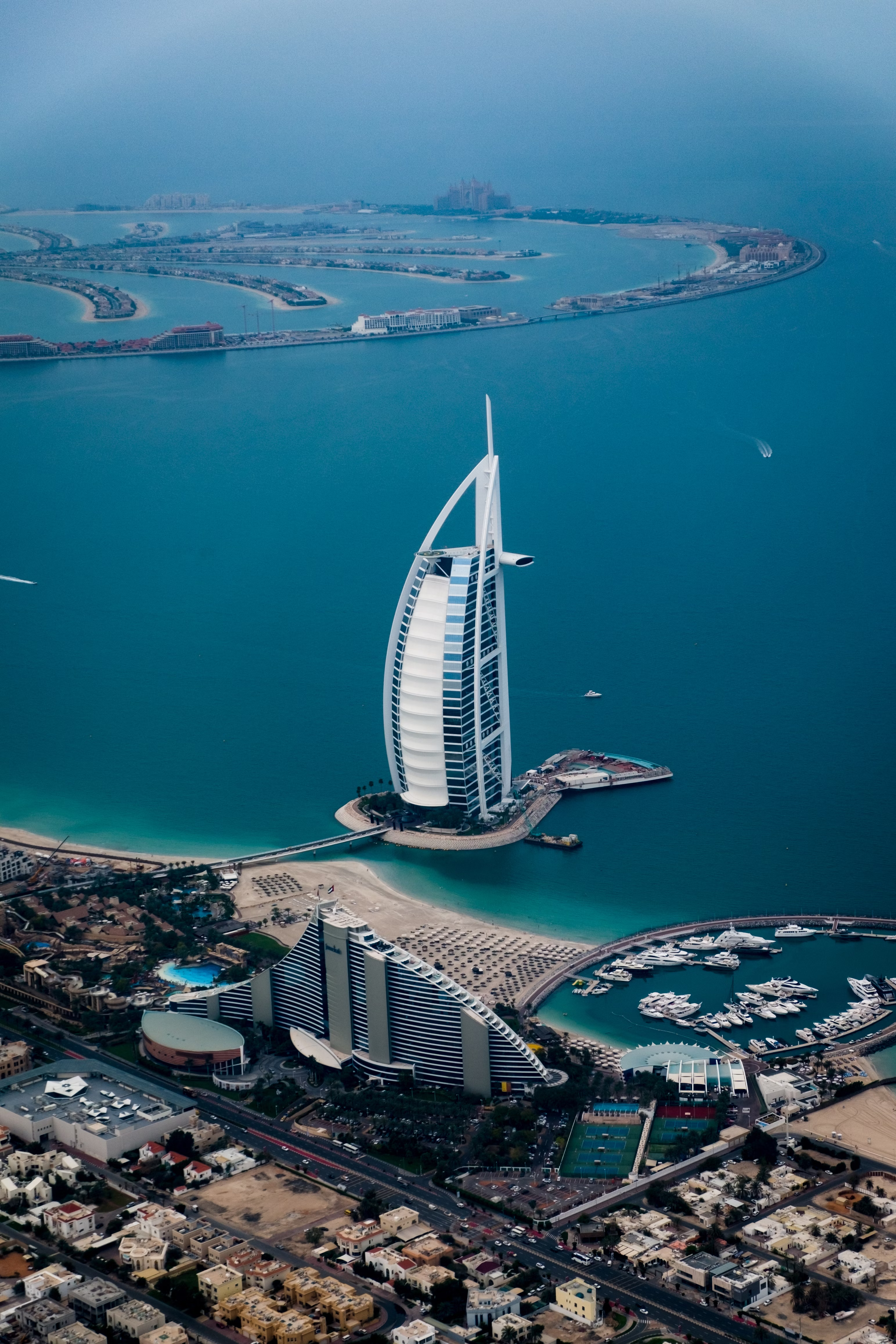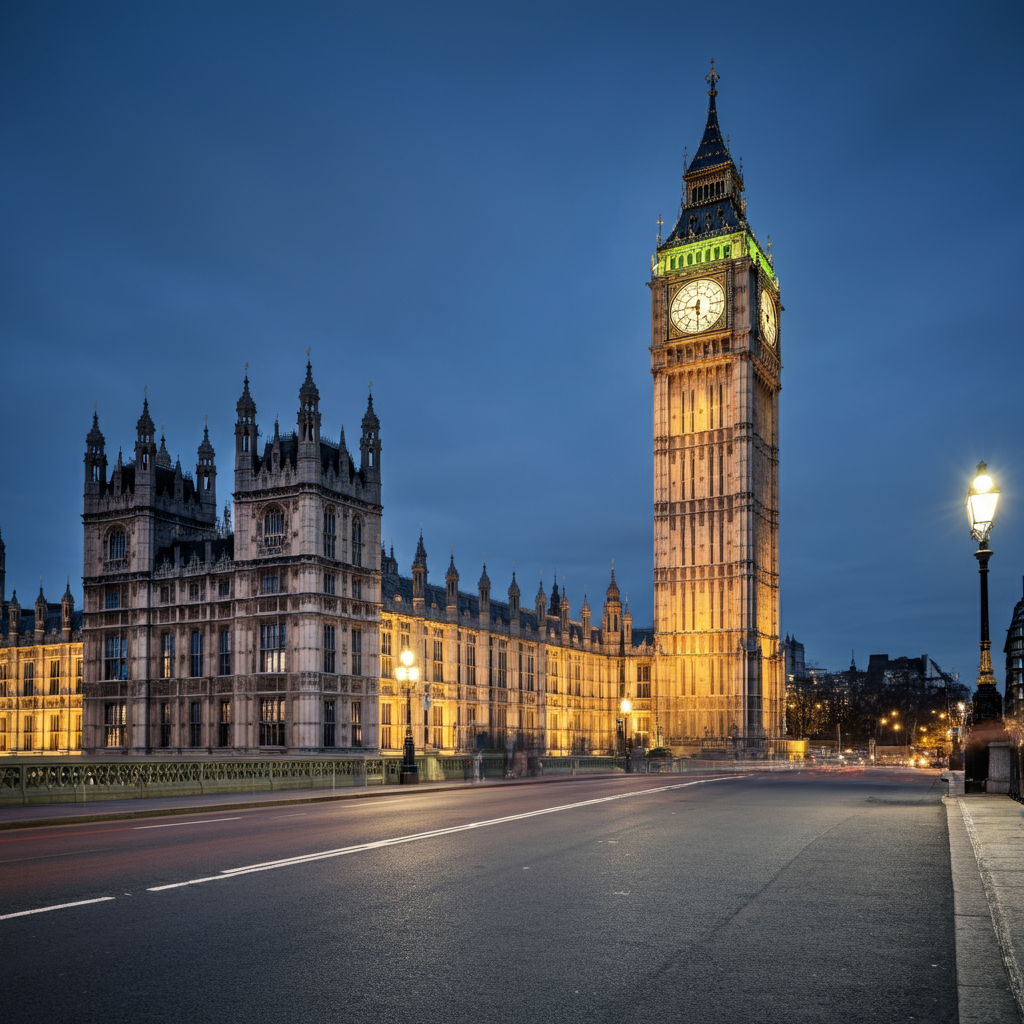In recent years, hotspots like Venice, Barcelona, and Bali have been overwhelmed by tourist crowds—prompting local protests, rising living costs, and damaged heritage sites. As travelers, we hold the power to make a difference. By choosing to handle over‑tourism responsibly, you can explore the world without contributing to its degradation. Instead, you become part of the solution—extending care, respect, and mindful presence. In this guide, we offer a full toolkit: strategy-driven actions, traveler anecdotes, and real examples to help you travel better, one destination at a time.
1. Understanding Over‑Tourism and Its Consequences
Over‑tourism occurs when a destination’s visitor numbers surpass its social, environmental, and economic capacity. It’s not merely a buzzword—it’s a global crisis. In Venice, residents have taken to spraying tourists with water pistols to protest overcrowding, while Barcelona now enforces rental caps and vetted tour buses after repeat street demonstrations . In Thailand’s Maya Bay—the iconic filming location from “The Beach”—tourism damage to coral reefs and beaches prompted a government-led closure until the ecosystem could recover . By understanding the scale and impact of over‑tourism, you’ll make more intentional travel choices that uplift rather than harm.
Quick Reader Takeaway:
– It’s more than crowding—it’s about strained infrastructure, environmental degradation, and local displacement.
– Solutions like temporary limits, community-led tourism, and visitor education are key—and your actions matter.
2. Travel in Off‑Peak Seasons and Learn the Benefits of Slow Travel
One of the most powerful ways to reduce tourism pressure is by traveling off-peak. Take Dubrovnik: July and August see overwhelming crowds, but visiting in October offers quieter streets and a deeper cultural experience. Not only are prices lower—studies show seasonal airfare and lodging costs can drop by 20–40% —but you also avoid both crowds and burnout. Choosing to travel in quieter seasons is one of the simplest ways to handle over-tourism responsibly—it shifts demand and gives destinations time to recover.
But let’s go further. Slow travel—spending more time exploring fewer places—cultivates real connections. Think renting an Airbnb in a lesser-known district, learning a local recipe, or volunteering at a community festival. In Iceland, visitors are encouraged to explore the lesser-visited Highlands instead of crowdsourced routes in Reykjavík . It’s about depth over breadth, presence over photo ops.
Traveler Story: A couple visiting Greece in deep winter had fewer than 20 tourists in Santorini’s UNESCO town—yet they experienced private vineyard tours, locally organized olive-pressing day events, and freshly caught seafood shipped within hours. They described it as “travel with soul,” and it’s the result of slowing down in less-busy months.
3. Seek Lesser-Known Alternatives—Hidden Gems Near Popular Sites
Have you ever considered the offshoots of popular destinations? Just outside Venice, islands like Sant’Erasmo and Torcello offer canals, cafes, and cathedrals—without cruise ship crowds . In Japan, while everyone flocks to Kyoto’s Golden Pavilion, the city of Kanazawa and the smaller village of Takayama offer traditional charm with far fewer tourists .
Exploring lesser-known areas also diversifies the financial uplift. When you visit towns off the beaten path, you are financially supporting local shops, zero-plastic markets, and micro-commissions held by art collectives or social enterprises. This kind of relational travel—offering meaningful connections and shared benefit—helps rebuild trust between travelers and indigenous heritage communities. Supporting local artisans and small-scale accommodations is another direct way to handle over-tourism responsibly, keeping money in communities instead of big international chains.
4. Support Local Businesses & Stay Ethically
Your tourist dollar can go local or global, and your decision greatly impacts communities. Booking stays at family-run inns (perhaps certified by programs like EarthCheck or GreenGlobe) ensures profits stay local . Arrange cooking classes with home chefs, cycling tours led by neighborhood guides, or purchases from craftspeople rather than souvenir machines.
Eco-Volunteering: In Thailand’s southern islands, paddock clean-up efforts are organized by locals and supported by visitors. These not only reduce plastic pollution but also foster relationships with fishermen and farm families .
Traveler Story: In Tàu Bay, Vietnam, one traveler chose to stay in a converted fishing boat home run by locals instead of resort lodging. His payment re-invested into the local marine preservation fund, supporting ecological education for children in the area.

5. Be Respectful: Leave No Trace & Respect Cultural Norms
The Leave No Trace ethos—pack it out, stay on trails, leave what you find—is vital in both urban and wild areas. In fragile places like Cambodia’s Angkor complex, visitors are asked not to climb ancient ruins to preserve integrity . Learning local greetings (like “xin chào,” “bonjour,” or “ni hao”) isn’t just polite—it shows respect and empathy.
Real Example: In Bali, increasing visitor numbers made several traditional ceremonies move to early mornings so only locals attend—but visitors who intentionally show respect by wearing temple shawls or asking permission to photograph may be invited to observe. That respectful behavior goes a long way toward appreciation and cultural exchange.
6. Choose Small-Group Tours & Certified Eco-Tourism Operators
Large tour busses and overcrowded guided groups can exacerbate overtourism. Instead, opt for small-group tours that use licensed guides and support conservation efforts. Look for certifications like Travelife or Rainforest Alliance . These types of curated experiences help reduce strain on infrastructure and are a practical way to handle over-tourism responsibly.
Take Spain’s Camino de Santiago as an example:
Where mass lodging used to cluster pilgrims in crowded bunkhouses, small-group eco-operators now offer farm-stays and host-led homestays that have revitalized villages through fair employment.
Pro Tip: On guided trips, ask about their environmental policies—do they use electric vehicles? Do they support rescue or conservation funds in the region? If not, you can choose another provider who aligns with sustainability values.
7. Stay Informed, Advocate, and Engage Thoughtfully
Over‑tourism isn’t just about crowds—it’s also about policy, cultural tension, and community resilience. Cities like Dubrovnik have implemented timed ticket systems, and Amsterdam passed legislation requiring registered short-term rentals only . You can support these shifts by researching local regulations before you visit and encouraging friends to do the same.
On platforms like Reddit (e.g., r/travel), responsible travelers share insider advice—like avoiding bus-loading zones in Santorini or booking local-certified carriage tours in Salzburg . Use social media thoughtfully—share smaller, positive experiences rather than photo dumps of crowded plaza selfies. By amplifying lesser-known sites and mindful travel practices, you can inspire a shift in tourists’ mindsets and choices.
Which of these strategies resonates most with you? Have you avoided a tourist trap in favor of a peaceful village? Chosen a family-run B&B over a chain? Or maybe discovered a local guide who changed your perspective on travel? Share your tips on how you’ve learned to handle over-tourism responsibly, and join a global movement of mindful travelers shaping a more sustainable future.
We’d love your insights—leave a comment with your story, and help others discover how to travel more consciously. Want more curated travel advice? Follow us on social media—each week, we spotlight offbeat destinations, mindful travel strategies, and ways to respect the world we love to explore.
Catch up on the top stories and travel deals by subscribing to our newsletter!












Leave a Reply